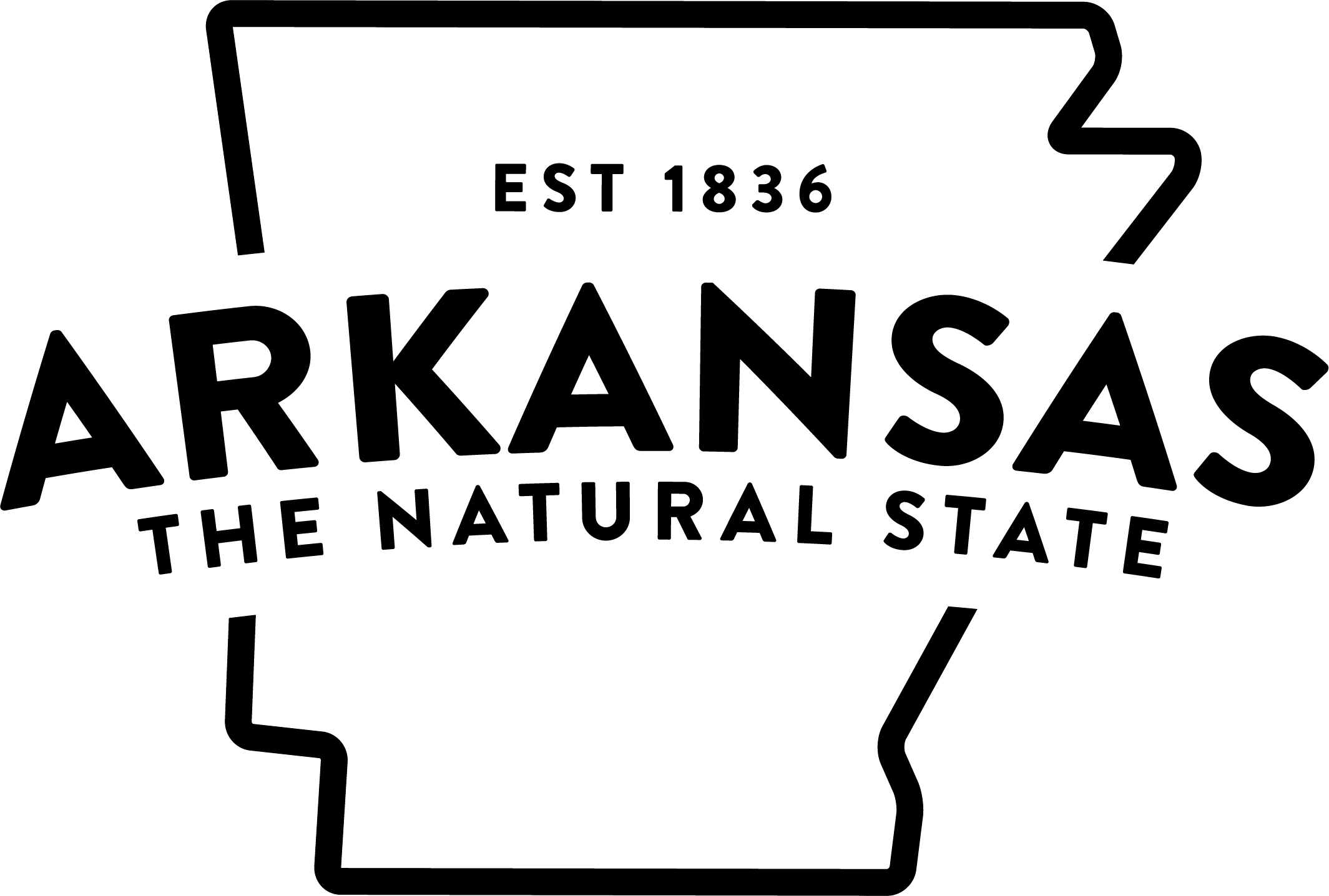The “Little Rock” Centers La Petite Roche Plaza
Kerry Ann Kraus, travel writer
Arkansas Tourism
“Where is the little rock?” “How can I find the little rock?” “Is there really a little rock?” It doesn’t matter how the question is worded, it is one of the most frequent ones Little Rock welcome center and tourism officials are asked by visitors to Arkansas’s capital city.
For the longest time, this presented a quandary since the outcropping was difficult to reach even if you knew where it was located. The landmark, “la petite roche,” is at the north end of Rock Street in downtown Little Rock overlooking the river. La petite roche is French for “the little rock,” which gained its name by association with the “big rock” on the north side of the river. The big rock was so dubbed by French explorer Benard de La Harpe as he sailed up the Arkansas. He noted in his journal that this was the first sighting of a rock bluff he had seen since leaving the Gulf of Mexico, a journey of 700 miles.
According to Mark Webre with the Little Rock Parks and Recreation Department, city officials “watched for over 20 years as people hunted for the little rock.” The River Market Group comprised of downtown business people and city leaders repeatedly discussed the problem during its weekly meeting for almost 10 years. “There was no dignity for the city’s namesake,” Webre said.
Webre credits City Director Dean Kumpuris with obtaining the funds needed to finally allow work to begin on giving the “little rock” its due. Final cost for the project is estimated to be over one million dollars including time.
Once access issues to the area through both Peabody Park and the Junction Bridge were addressed, design work began in 2007. More than three years later, the end result is La Petite Roche Plaza, now a beautiful, people friendly portion of Riverfront Park that invites strolls along the Arkansas River.
A series of bronze plaques on boulders leads visitors along a paved walk as they read the history of Little Rock and the geographic outcropping. The storylines associated with the stone describe the geological formation; the use of the rock by explorers, Indians, and settlers; the Quapaw Line that separated Indians and settlers; the railroad, and the Kerr Navigable Stream project for commercial enterprises.
A flagstone path called Riverfest Walk is in honor of the annual Memorial Day Weekend festival that contributed $100,000 to the undertaking. The Sturgis Plaza pays homage to the largest financial supporter of the project at $250,000. Winding through the area is the nationally recognized Medical Mile, a part of the Arkansas River Trail.
Leland Couch with Little Rock Parks and Recreation said the layout of the park is for functionality while mimicking the flow of the Arkansas River. The plaza is 1-1/2 acre in size and features vertical stone walls and terraced level areas, highlighted with native grasses, plants and flowers. Benches placed throughout allow for resting, quiet reflection or watching traffic on the Arkansas River.
Park officials are pleased with the end result. The whole area, they say, has been transformed during the last four-to-five years into a much-used daytime park. Future places call for a fence around the Riverfest Amphitheatre and colorful murals to decorate the concrete walls under the Junction Bridge.
Submitted by the Arkansas Department of Parks & Tourism
One Capitol Mall, Little Rock, AR 72201, 501-682-7606
E-mail: info@arkansas.com
May be used without permission. Credit line is appreciated:
"Arkansas Department of Parks & Tourism"
